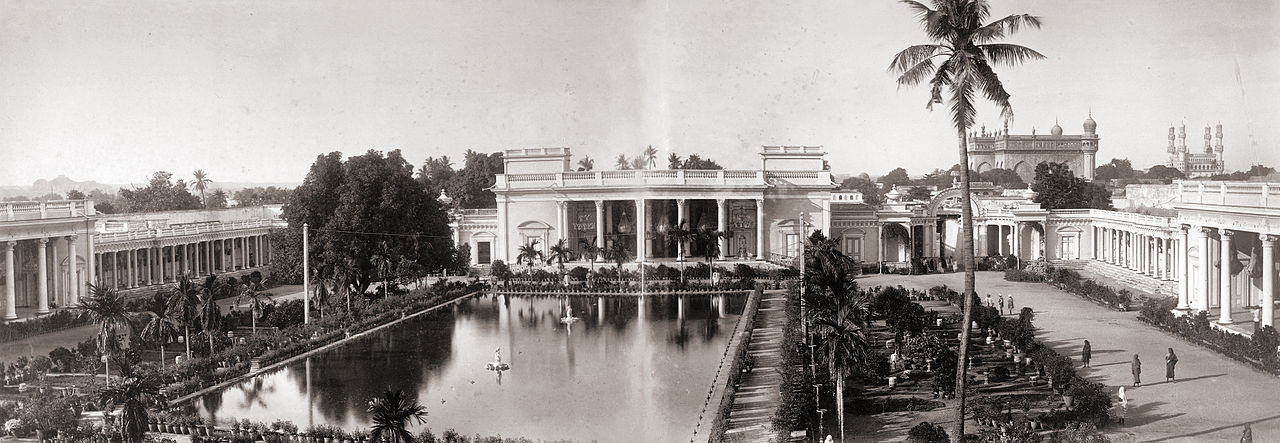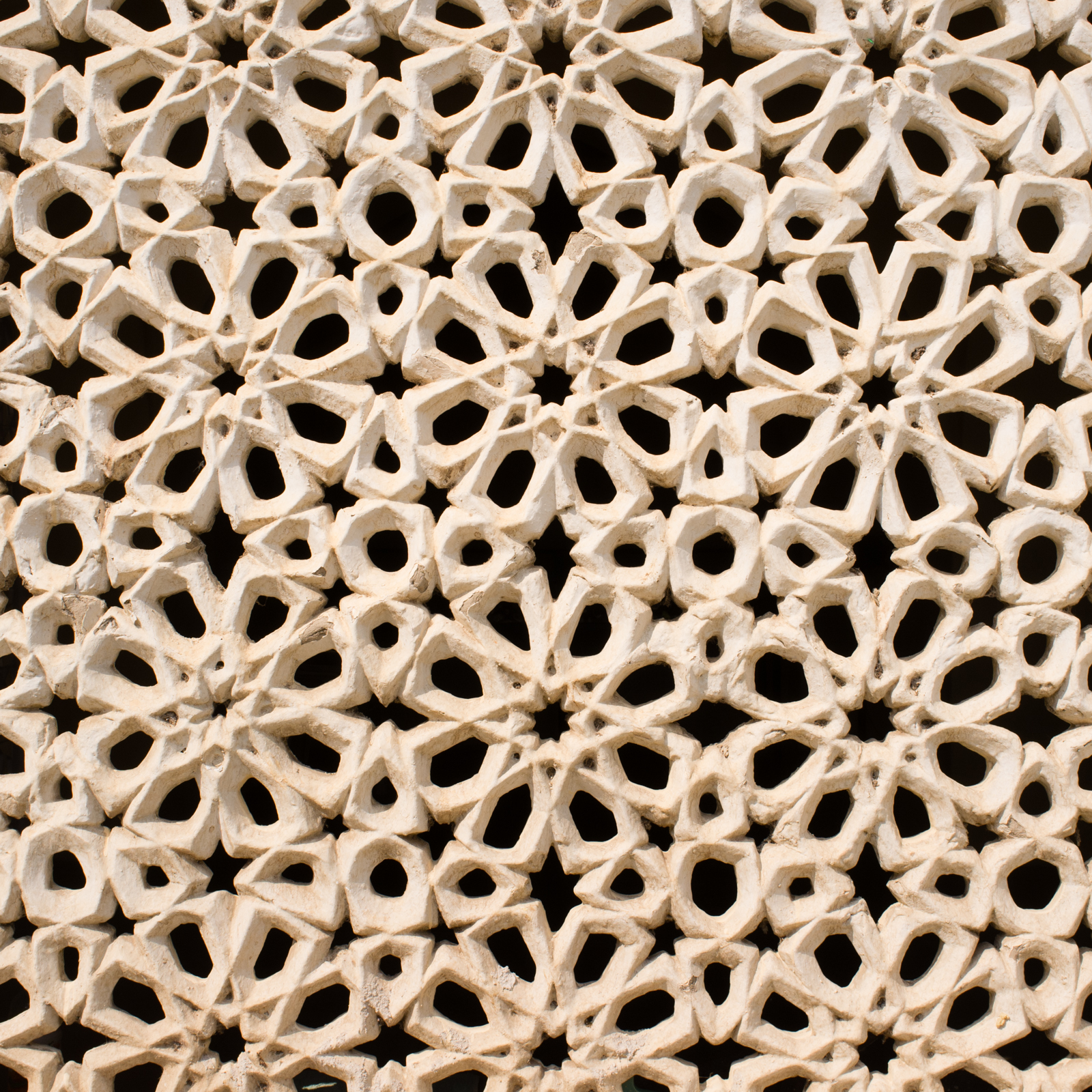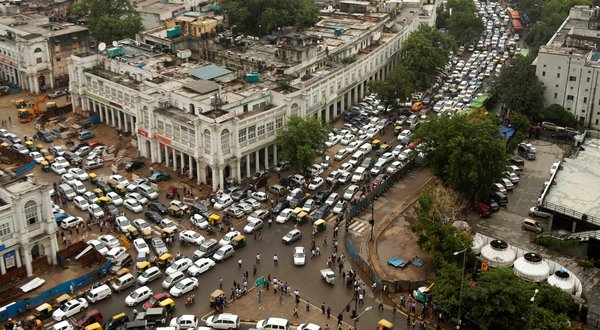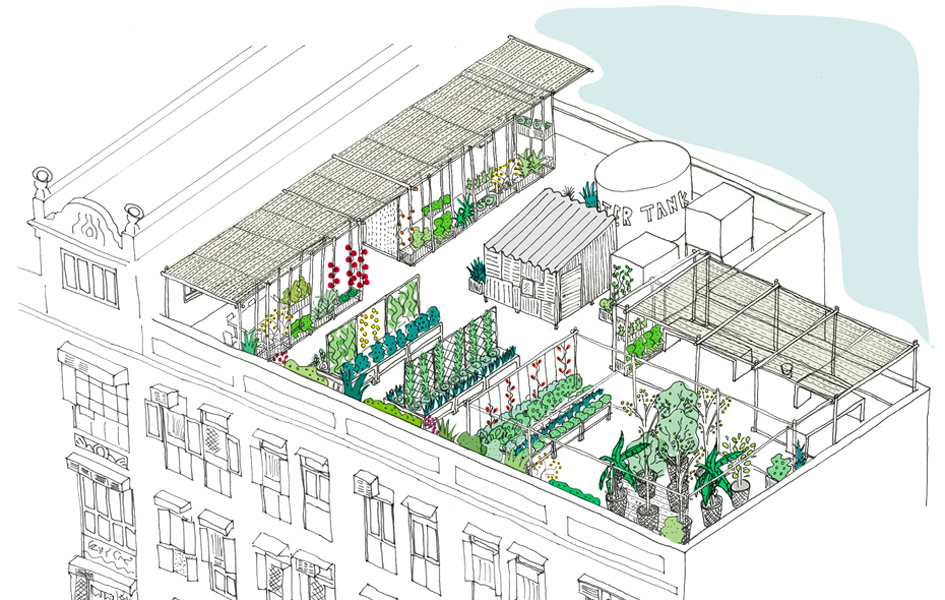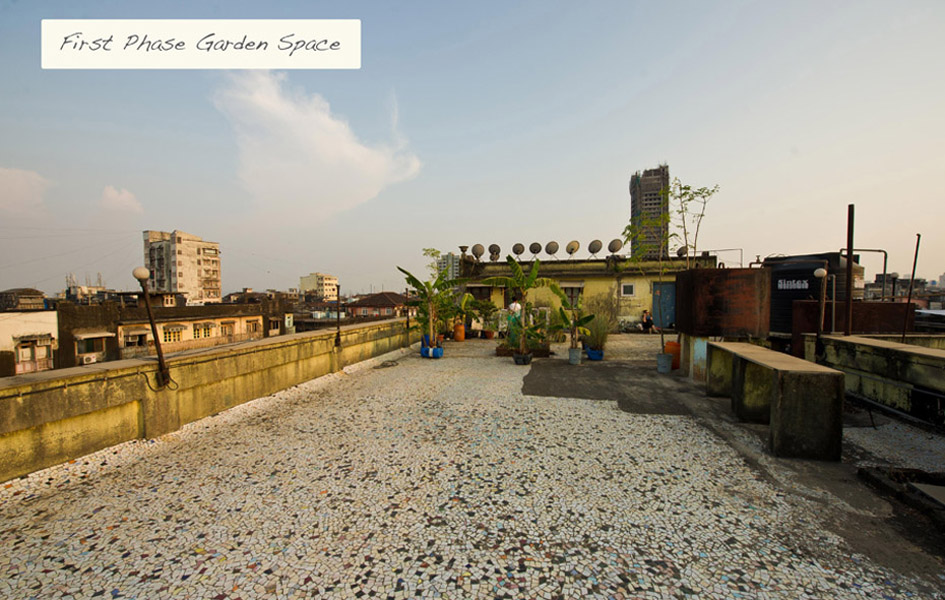Jantar Mantar is a collection of architectural 13 architectural astronomy instruments. The site is one of five built by Maharaja Jai Singh II of Jaipur, from 1724 onwards, as he was given by Mughal emperor Muhammad Shah the task of revising the calendar and astronomical tables.
Of the thirteen instruments, three are quite large and remarkable:
- Samrat Yantra, or Supreme Instrument, is an equal hour sundial in the form of a giant triangle. On either side of the sundaol is a quadrant with graduations indicating hours, minutes, and seconds.
- The Jayaprakash are hollowed out hemispheres with markings on their concave surfaces. Wires were stretched between points on their rim so an observer could align the position of a star with various markings from below.
- The Misra Yantra is a tool to determine the shortest and longest days of the year, including indicating the exact moment of noon in various cities and locations regardless of their distance from Delhi.
The Jantar Mantar is centrally located and is easy to visit on any excursion to Lutyens’ Delhi.

